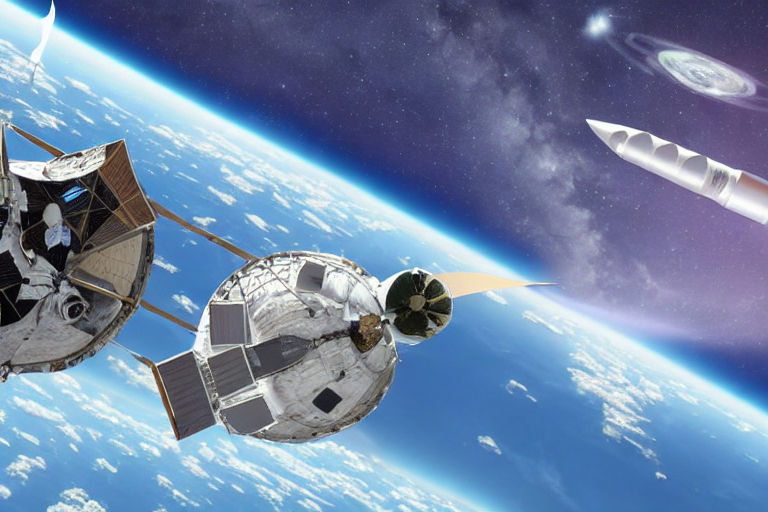The Future of Space Travel: A Look Into Interstellar Technologies
For centuries, humankind has been fascinated by the vastness of the universe and the potential for space travel. With the advancements of technology, space exploration has become a reality, with scientists and engineers pushing boundaries to explore deeper into space. In this article, we will take a look at interstellar technologies and what they mean for the future of space travel.
Interstellar Technologies: What are they?
Interstellar technologies refer to the advancements in spacecraft propulsion that allow for travel beyond our solar system. This technology has been a focus for many scientists and space organizations who aim to explore further into the universe.
Current spacecraft rely on chemical rockets for propulsion, which have limited capabilities when it comes to traveling great distances. Interstellar technologies, on the other hand, focus on using advanced technologies such as ion engines, nuclear propulsion, and antimatter engines.
Ion Engines
Ion engines use charged particles to generate thrust. They are much more efficient than chemical rockets and have been used in NASA’s Dawn mission, which explored the asteroid belt between Mars and Jupiter. These engines are still limited in speed but are one of the stepping stones to future interstellar travel.
Nuclear Propulsion
Nuclear propulsion uses nuclear reactions to generate enormous amounts of energy, making it possible for spacecraft to reach incredible speeds. Although tested in the past, this form of propulsion has not yet been used for any space missions. However, studies have shown that nuclear propulsion could help spacecraft reach speeds of up to 10% of the speed of light, allowing them to explore other star systems in our galaxy.
Antimatter Engines
Antimatter is the opposite of matter, with its own unique properties. When combined with matter, they annihilate each other, releasing massive amounts of energy. Antimatter engines would use this reaction to generate enormous amounts of energy and propel a spacecraft. This technology is still in the experimental stage, but if successful, it could revolutionize space travel.
The Future of Interstellar Technologies
Interstellar technologies are still in the experimental stage, but with the growing interest in space travel, it is likely that more resources will be allocated to the development of these technologies. If successful, interstellar technologies could mean that humans will be able to send spacecraft to explore other star systems within our galaxy and even beyond.
Interstellar travel will require much more advanced spacecraft and technologies, but it is exciting to think about the possibilities that interstellar technologies could bring.
Conclusion
In conclusion, interstellar technologies represent a new frontier for space exploration. Although still experimental, the potential for this technology to revolutionize space travel is immense. From ion engines to antimatter engines, the possibilities are endless. With the continued research and development of interstellar technologies, we can look forward to a future where humankind explores the furthest reaches of space.





